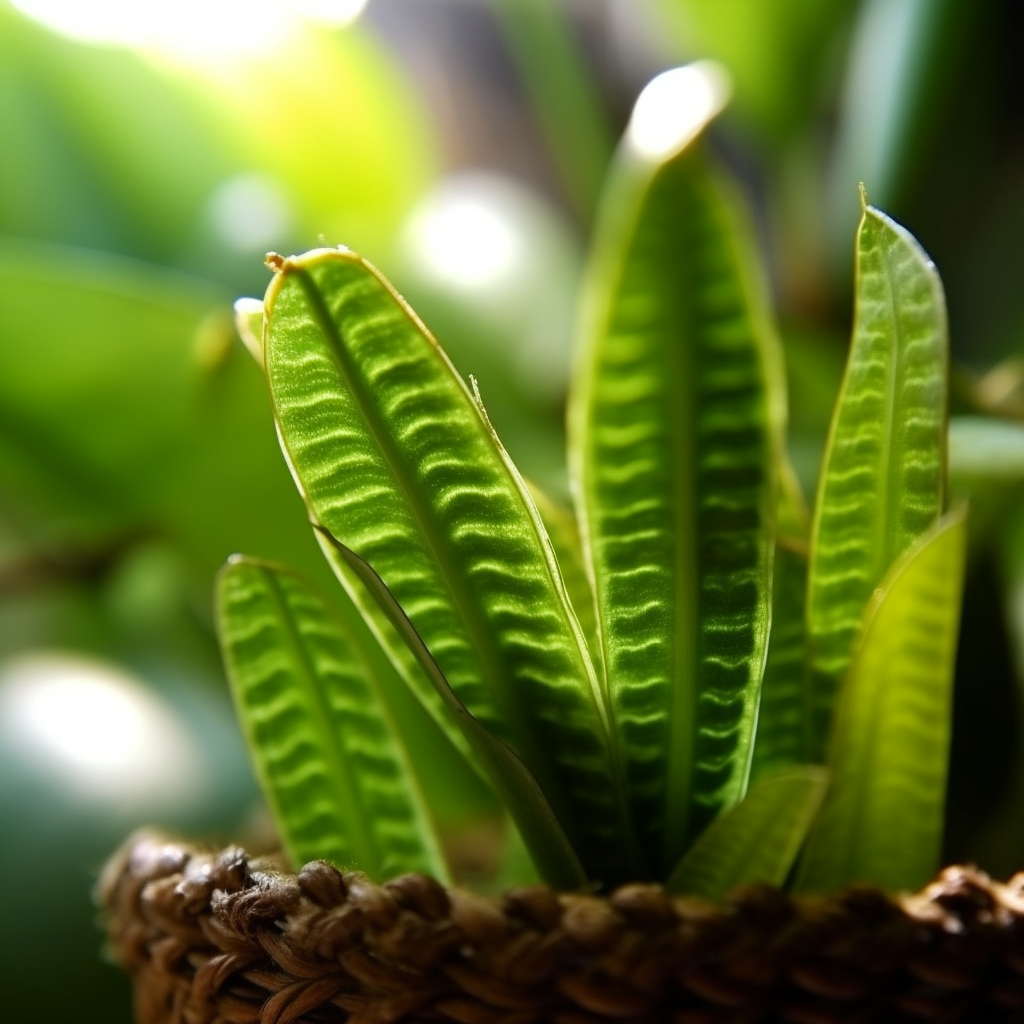Story of Day :
Contents
The Mother-in-Law’s Tongue Plant: A Complete Guide and Care Tips
The mother-in-law’s tongue plant, also known as the snake plant or Sansevieria, is a popular houseplant that has been enjoyed for centuries. It is easy to care for and has a unique appearance that adds beauty to any indoor space. In this complete guide, we will discuss all the essential care tips required to keep your mother-in-law’s tongue plant healthy.
What Is a Mother-In-Law’s Tongue Plant?
The mother-in-law’s tongue plant is a succulent with long, upright leaves that resemble sharp tongues. Its scientific name is Sansevieria Trifasciata and it belongs to the Asparagaceae family. The plant originated from West Africa and can grow up to 3-4 feet tall.
Benefits of Growing Mother-In-Law’s Tongue Plant
- Purifies Air: The mother-in-law’s tongue plant purifies the air by absorbing toxins such as formaldehyde, benzene, xylene, trichloroethylene and nitrogen oxide from its surroundings.
- Easy Maintenance: This plant does not require frequent watering or fertilizing making it perfect for those who do not have time for high maintenance plants.
- No Pests Issues: The thick leaves of this succulent make it less susceptible to pests such as spider mites or mealybugs than other indoor plants like orchids or ferns.
Care Tips For Your Mother-In-Law’s Tongue Plant
Light Requirements:
The snake plants thrive in bright light but can tolerate low light conditions making them ideal for areas of your house with minimal natural light. However, direct sunlight can burn the leaves of your mother-in-law’s tongue plant, so it is recommended to keep them in indirect sunlight.
Watering:
The mother-in-law’s tongue plant can withstand long periods of drought and does not require frequent watering which makes it ideal for people who tend to forget their plants. It is important not to overwater as this can cause root rot and potentially kill the plant. A good rule of thumb is to water every 2-3 weeks or when the soil is dry to the touch.
Soil:
The snake plants prefer well-draining soil that allows water to pass through easily. You can add perlite, sand or peat moss in equal parts with regular potting mix if you want a well-drained soil mix for your mother-in-law’s tongue plant.
Fertilizer:
The Sansevieria does not require frequent fertilization but you should apply a balanced fertilizer during its growing season (spring and summer) at least once every two months. Do not fertilize in winter as this is its dormant period
Common Problems Encountered when Growing Mother-In-Law’s Tongue Plant
- Brown Tips: Brown tips are caused by too much direct light or overwatering.
- Soggy Leaves: Overwatering causes soggy leaves, which eventually turn yellowish-green before wilting entirely.
- No Growth: This happens because of insufficient watering or lack of nutrients from fertilizer
Conclusion
Growing a mother-in-law’s tongue plant is an excellent idea for anyone who wants an easy-to-maintain houseplant that looks great and has numerous benefits. The plant is low maintenance and does not require special attention or frequent watering. Remember to place them in bright, indirect light, water once in 2 weeks and fertilize during the growing season.
